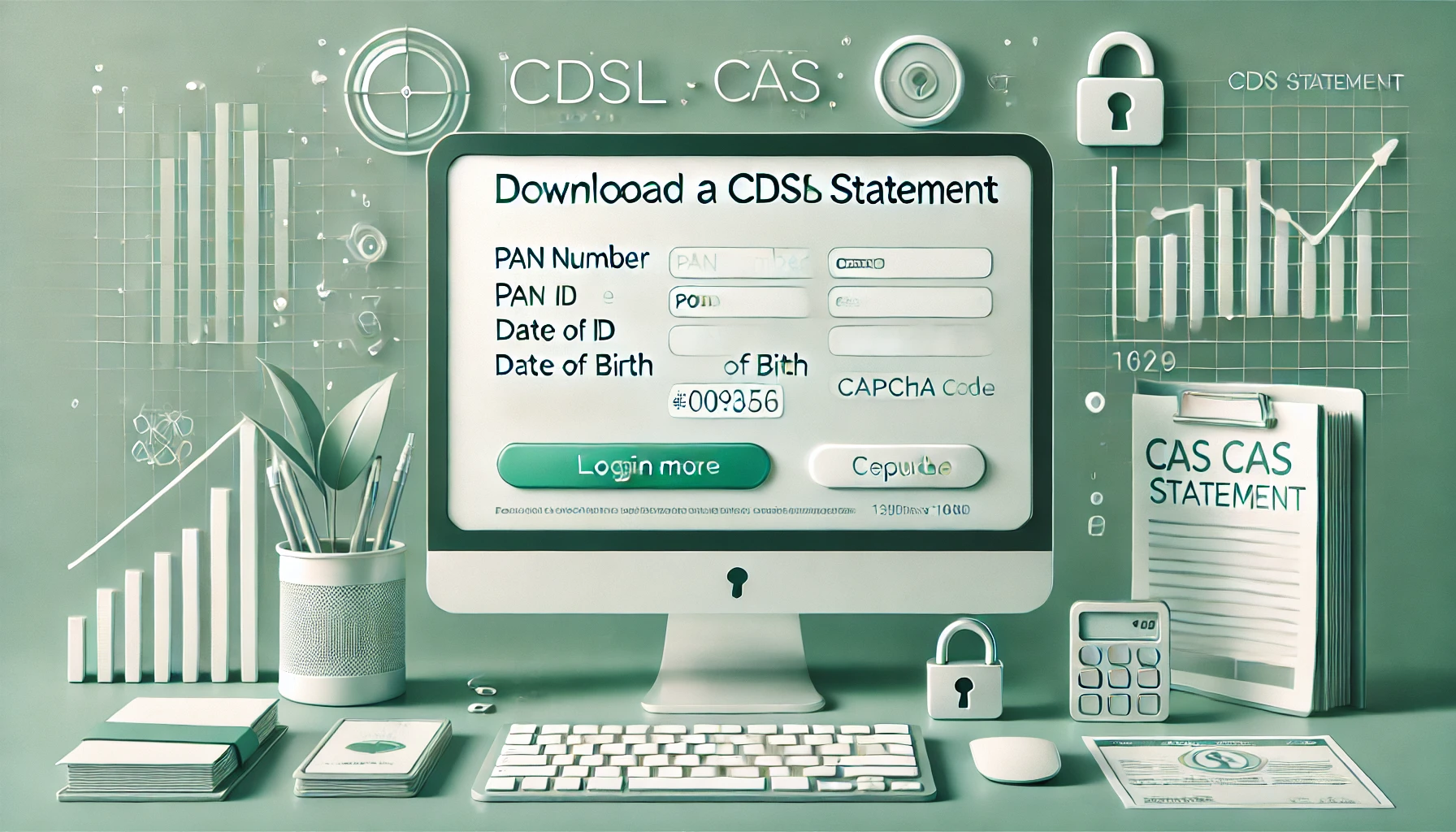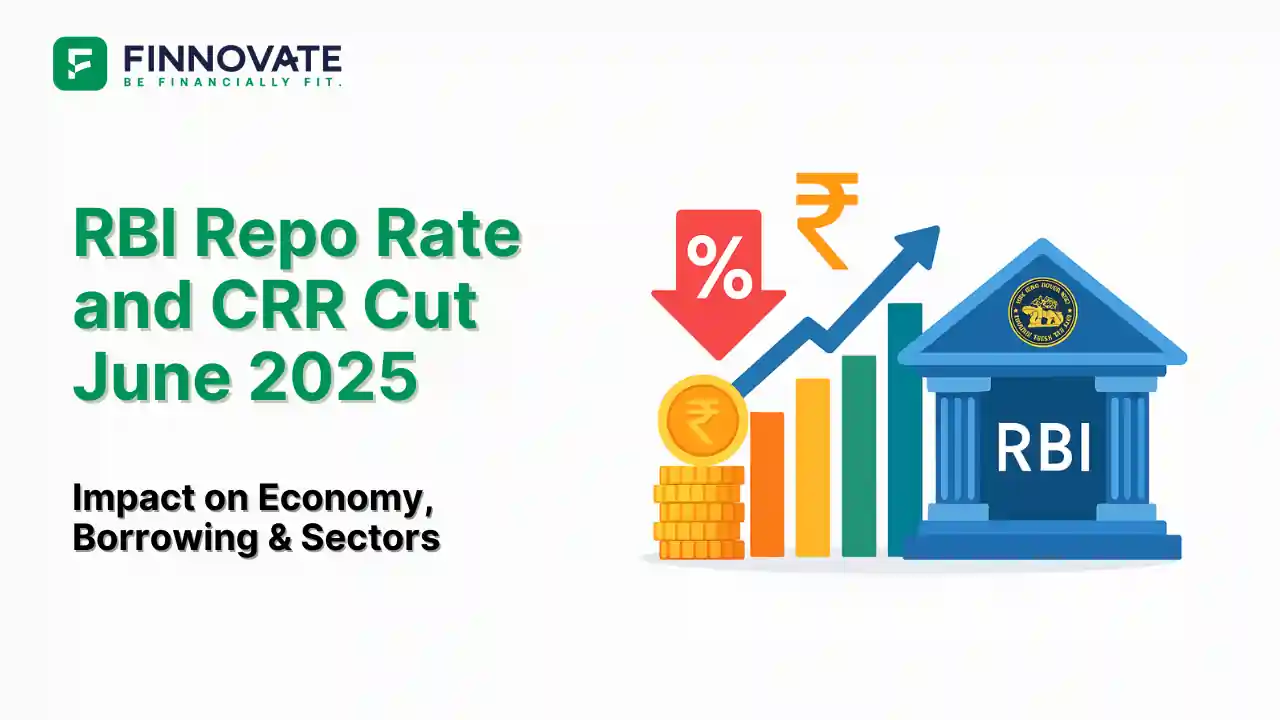Simplifying Classification of Capital Gains
One of the big changes that happened is in the narrowing of the capital gains classification buckets. Here is how the capital gains classification happens currently pre-Budget. Currently, there are 3 classifications of capital gains.
- The first classification is the listed equities of Indian companies, listed debentures, UTI units, Equity Mutual Fund Units, and zero coupon bonds. These are classified as short term gains if held for less than 12 months. However, if held for 12 months or more, they would be long term capital gains.
- The second classification has just two asset classes viz., immovable property and unlisted shares. These assets are classified as short term gains if held for less than 24 months. However, if held for 24 months or more, they would be long term capital gains.
- All other assets including units of a business trust, unlisted bonds, debentures, and gold are classified as short term gains if held for less than 36 months. However, if held for 36 months or more, they would be long term capital gains.
This has been rationalized by reducing the slabs to just 2 slabs in all. For example, listed Indian equities, listed debentures, UTI units, equity MF units, listed REITs, listed INVITs, and zero coupon bonds (ZCBs) will continue to be classified as STCG if held for less than 12 months and as LTCG if held for more than 12 months.
The big change is that all other assets will now be bucketed under just one class. Hence, immovable property, unlisted shares, unlisted REITs, unlisted INVITs, unlisted bonds, unlisted debentures, physical gold, and gold bonds will now be short term capital gains if held for less than 24 months and long term gains if held for more than 24 months. Here is a quick summary.
| Holding Period of 12 months till LTCG applies | Holding Period of 24 months till LTCG applies |
|---|---|
| listed Indian equities, listed debentures, UTI units, equity MF units, listed REITs, listed INVITs, and zero coupon bonds (ZCBs) etc | immovable property, unlisted shares, unlisted REITs, unlisted INVITs, unlisted bonds, unlisted debentures, physical gold, and gold bonds etc |
Taxing Long Term Capital Gains (LTCG); Post Full Budget 2024-25
Having understood the modified classification of short term and long term capital gains in just two brackets, let us first look at how LTCG will be taxed for investors in the new scheme of things.
- In the case of listed equities, units of UTI and units of equity funds, the rate of tax for resident Indians will be increased from the current 10% to 12.5% post the budget. However, this would be partially neutralized by the base exemption limit also being raised from Rs1 lakh to Rs1.25 lakh for LTCG on these assets. The no indexation clause on LTCG will continue for resident Indians. However, for NRIs, the foreign exchange fluctuation benefit will be available.
- In the case of unlisted equity, listed debentures, gold, gold bonds, and immovable property, the tax rate on LTCG will be reduced from the current 20% (with indexation) to 12.5% (without indexation). The loss would be higher under the new regime if inflation rates are high; otherwise, the impact would be neutral but much simpler for resident Indians. In the case of NRIs, it would again be 12.5% without indexation but with benefits of fluctuations in foreign exchange.
- The only exception will be unlisted bonds/debentures and debt funds with less than 35% exposure to equities. Formerly, they were taxed at 20% with indexation benefits. Post the budget, they would be deemed as short term capital gains (STCG) irrespective of holding period and taxed at the applicable incremental rate. Hence, if the investor is in the 30% bracket, then the tax on these gains on unlisted debentures/bonds would be 31.2%, including cess.
Taxing Short Term Assets and Other Capital Gains Shifts
With respect to short term capital gains, the only change is with respect to the first asset class comprising of listed equity shares, units of UTI, and units of equity mutual funds in India. In all such cases, the short term capital gains (held for less than 12 months) will be increased from the current 15% to 20% in the Union Budget. This widens the gap between the rates at which LTCG is taxed and STCG is taxed, which is the right step in encouraging people to focus more on long term investments. However, the treatment of short term gains for all other classes of investors remains the same.
In Union Budget 2024-25, there were 2 other very important changes.
- The ambit of specified mutual funds has been expanded. Today, an equity fund is treated at par with listed equities, but fund of equity funds (FOF) is treated as another asset. In the case of FOFs, the long term capital gains were taxed at 20% with indexation. Under the new regime, all FOFs will be taxed on long term gains at 12.5% (without indexation) instead of the old 20% (with indexation).
- The second shift pertains to taxing buyback of shares. Currently, buyback is tax-free in the hands of the investor, but the company deducts DDT at 20% plus surcharge and cess. While this simplified tax, it was seen as unfair for existing investors and beneficial to the outgoing investors. Hence, from FY25, buybacks will once again be taxed in the hands of the investor. The total consideration received will be treated as other income, while the cost of purchase will be treated as non-speculative loss. This loss can be either written off against capital gains or can be carried forward for a period of 8 years.
In short, the budget has made some genuine attempts to correct certain anomalies in taxation and increase the gap between STCG and LTCG, to make them more attractive to customers.









